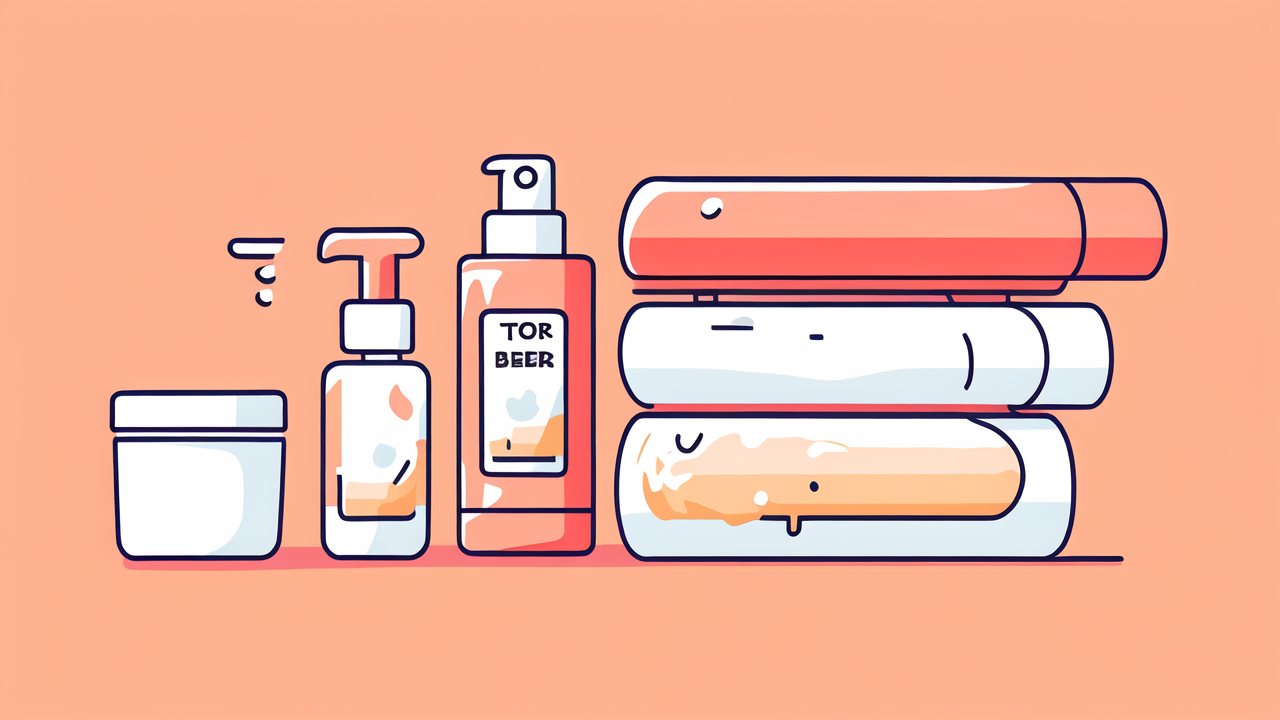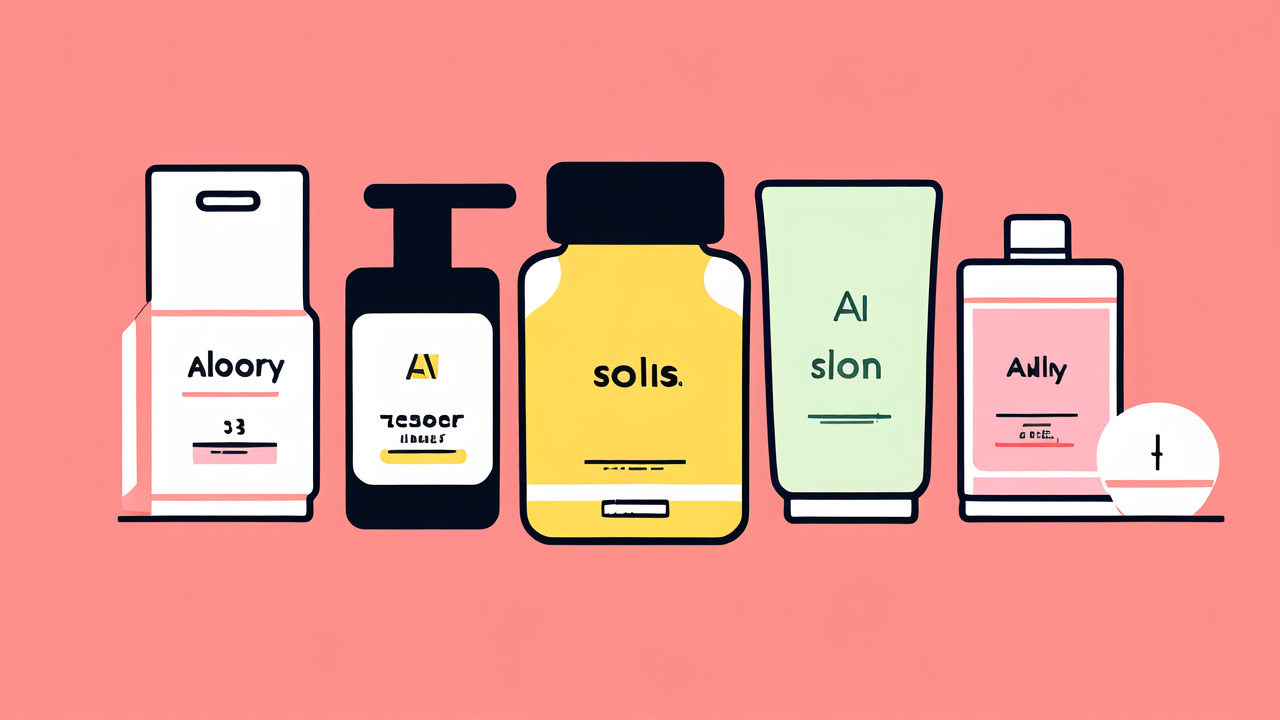Unlocking the Secrets to Radiant Skin: A Guide to Waxing Your Face
What is Waxing and Why Does it Matter for Your Face?
Facial waxing is a hair removal method that pulls hair out from the root. It's a game-changer for your skin.

Unlike shaving, waxing removes hair below the skin's surface. This results in smoother, longer-lasting results.
Waxing your face matters because it does more than just remove hair. It exfoliates dead skin cells, revealing
fresh, glowing skin underneath. It also helps makeup apply more smoothly and evenly.
Regular facial waxing can lead to finer, sparser hair growth over time. This means less maintenance and a more
polished look. It's a versatile method, suitable for various facial areas like eyebrows, upper lip, and chin.
The Science Behind the Shine: How Waxing Enhances Facial Reflection
The glow after facial waxing isn't just imagination - it's science! Waxing removes the top layer of dead skin
cells along with hair. This process reveals newer, more reflective skin cells underneath.
These fresh cells reflect light better, giving your face a natural radiance. The smooth surface created by
waxing also helps light bounce off more evenly. This creates a more uniform, luminous appearance.
Waxing stimulates blood circulation in the face. Increased blood flow brings more oxygen and nutrients to skin
cells. This nourishment contributes to a healthier, more vibrant complexion.
The hair removal process can also stimulate collagen production. Collagen is key for maintaining skin elasticity
and youthfulness. More collagen means plumper, more resilient skin that reflects light beautifully.
Step-by-Step: How to Wax Your Face Like a Pro
Preparing Your Canvas: Essential Tips Before You Start
Proper preparation is crucial for a successful facial wax. Start with clean, dry skin. Avoid using any lotions

or oils before waxing. These can interfere with the wax's ability to grip the hair.
Exfoliate gently a day or two before waxing. This helps remove dead skin cells and prevent ingrown hairs. Don't
exfoliate on the day of waxing, as it may sensitize your skin.
Trim long facial hair to about 1/4 inch. This length is ideal for waxing - not too short, not too long. If
you're on acne medication, check with your doctor before waxing. Some treatments can make skin more sensitive.
Apply a pre-wax oil or powder to protect your skin. This creates a barrier between the wax and your skin. It
helps the wax grip the hair, not your skin, reducing irritation.
The Waxing Process: Techniques for a Smooth Finish
Start with a patch test to check for any adverse reactions. Apply a small amount of wax to a discreet area and
wait 24 hours. If there's no reaction, you're good to go.
Warm the wax to the right temperature. It should be spreadable but not too hot. Apply the wax in the direction
of hair growth using a spatula. Press a cloth strip firmly over the wax.
Hold your skin taut with one hand. With the other, quickly pull the strip off in the opposite direction of hair
growth. The faster you pull, the less discomfort you'll feel.
Work in small sections, moving systematically across your face. Don't go over the same area multiple times, as
this can irritate the skin. Use tweezers to remove any stray hairs.
For sensitive areas like the upper lip, use hard wax. This type of wax doesn't require a strip and is gentler
on delicate skin. It's ideal for short, fine hairs.
Aftercare: Ensuring Long-Lasting Glow
Post-wax care is crucial for maintaining your glow and preventing irritation. Immediately after waxing, apply a
cool compress to soothe the skin. This helps reduce redness and inflammation.
Use a gentle, alcohol-free toner to close the pores and prevent bacteria from entering. Follow with a
calming, fragrance-free moisturizer to hydrate and soothe the skin.
Avoid touching the waxed area with your hands for the first few hours. This prevents introducing bacteria to
the open pores. Stay out of direct sunlight and avoid hot showers or saunas for 24 hours.
Don't apply makeup or any harsh products to the waxed area for at least a day. This gives your skin time to
recover and reduces the risk of irritation or breakouts.
Beyond the Wax: Maintenance and Upkeep
Daily Routines for Maintaining Your Facial Wax
Maintaining your facial wax results starts with a good skincare routine. Cleanse your face twice daily with a

gentle, non-comedogenic cleanser. This keeps your pores clear and prevents ingrown hairs.
Exfoliate once or twice a week, but not immediately after waxing. Use a gentle scrub or chemical exfoliant to
remove dead skin cells. This helps maintain the smooth texture achieved by waxing.
Moisturize daily to keep your skin hydrated and supple. Choose a lightweight, non-greasy formula that won't
clog your pores. Don't forget to apply sunscreen every day, even in winter.
Avoid touching your face unnecessarily. This prevents transferring oils and bacteria from your hands to your
freshly waxed skin. Use clean pillowcases and don't rest your face on your hands.
Drink plenty of water and eat a balanced diet rich in fruits and vegetables. Good nutrition supports healthy
skin from the inside out, enhancing your waxed glow.
When to Wax: Timing Your Next Session for Optimal Results
The timing of your next waxing session depends on your hair growth cycle. On average, facial hair grows back in
about 2-3 weeks. However, this can vary from person to person.
Wait until your hair is at least 1/4 inch long before waxing again. This ensures the wax can grip the hair
effectively. Waxing too soon can lead to breakage and ingrown hairs.
Consistency is key for long-term results. Regular waxing can lead to finer, sparser hair growth over time. Aim
to wax every 3-4 weeks for best results.
Avoid waxing during your menstrual cycle. Your skin is more sensitive at this time, which can increase
discomfort. Schedule your waxing appointment about a week after your period ends.
Consider the season when planning your waxing schedule. You might want more frequent sessions in summer when
your skin is more exposed. In winter, you can space them out a bit more.
Common Mistakes to Avoid in Facial Waxing Care
One common mistake is waxing irritated or sunburned skin. This can lead to further damage and discomfort.
Always wait until your skin has fully healed before waxing.
Avoid using hot water or harsh products immediately after waxing. These can irritate your freshly waxed skin.
Stick to lukewarm water and gentle, fragrance-free products for the first 24 hours.
Don't pick at or scratch ingrown hairs. This can lead to infection and scarring. Instead, use a gentle
exfoliant and tea tree oil to help the hair surface naturally.
Avoid excessive sweating or working out right after waxing. Sweat can irritate your open pores and lead to
breakouts. Wait at least 24 hours before engaging in strenuous exercise.
Don't skip the aftercare routine. Proper post-wax care is crucial for preventing irritation and maintaining
your results. Follow the aftercare instructions provided by your esthetician or waxing kit.




Leave a comment
This site is protected by hCaptcha and the hCaptcha Privacy Policy and Terms of Service apply.